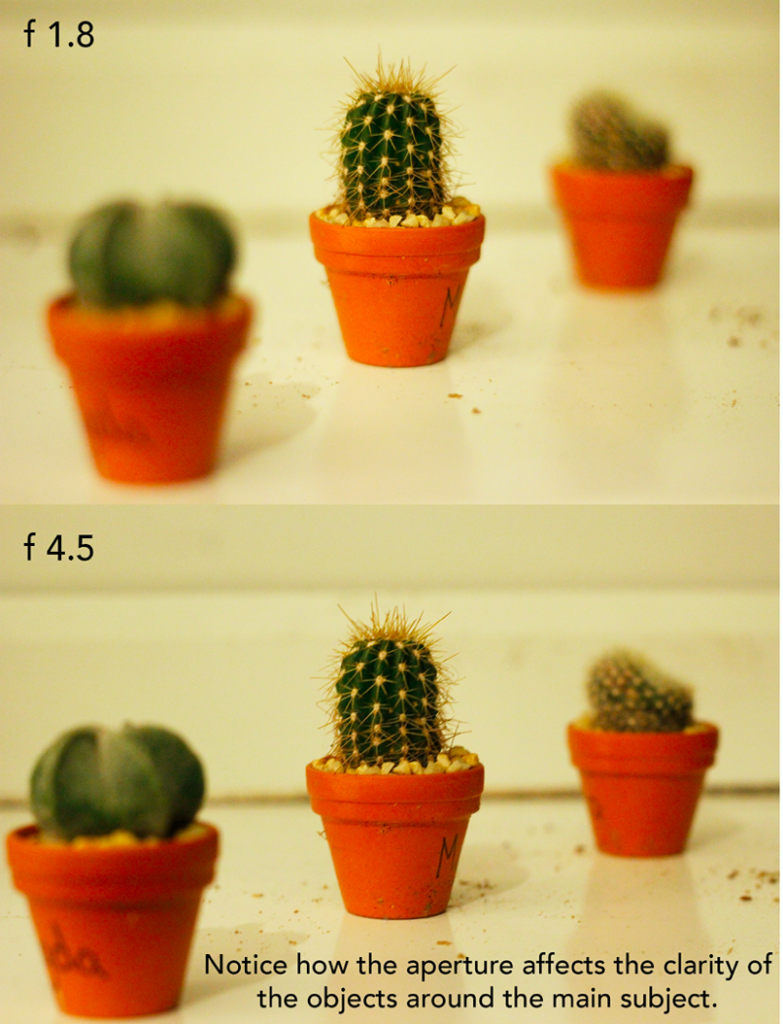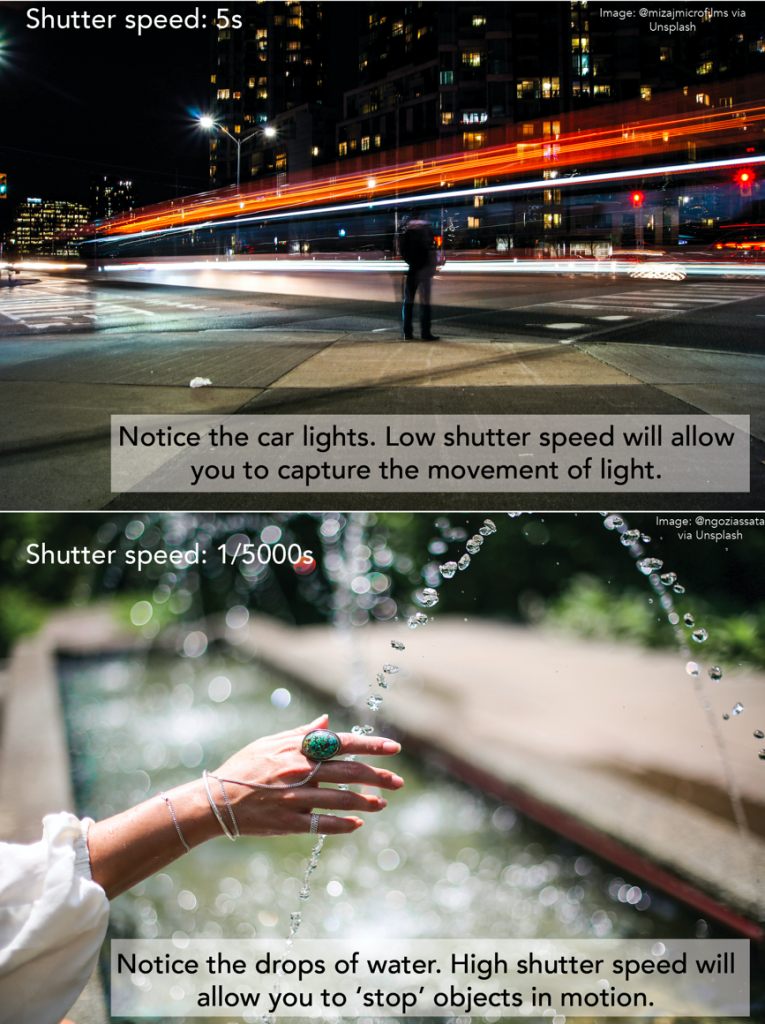One of the main reasons why people shy away from exploring photography is that the idea of finding the right equipment, and understanding how to use it can be quite daunting. From high prices to strange terms (what on earth does ISO stand for?), photography often seems too complicated. In this second article of our photography series, I will try to break down the practical side of photography by giving you a brief introduction to the technical jargon.
A quick glossary
Here is Quench’s go-to guide to wrapping your head around the main technical concepts of photography.
ISO: The ISO determines how sensitive the camera is to light. So, one of the first things you need to learn is how to adjust this accordingly to the amount of light in the environment. For example, if you are taking the picture during daytime, 100-400 ISO will probably be fine, but if you are taking a night shot, you might need to set it between 1600-6400 ISO. Just be careful, because when you use a high amount of ISO, the image can become ÔÇÿgrainy’.

Aperture: The aperture refers to the physical opening of the lens diaphragm through which light enters. They are normally written as numbers, such as f 1.4, f 2.8, f 3.5, etc. What it essentially means is that the higher the f-number, the smaller the aperture is and less light will come in, and vice-versa, the lower the f-number, the wider it is and the light will come in. The aperture mainly affects the ÔÇÿdepth of field’, which is how sharp or blurry the stuff around your main subject is.

Lens sizes: Lens sizes are commonly defined in two terms: the millimetres, and the aperture. The millimetres measure the focal length, which defines the distance at which the image will be framed. Zoom lenses are those that allow you to have a various range of focal lengths, and fixed lenses are those that don’t let you change the focal length. Secondly, the aperture mainly specifies the smallest aperture setting that that specific lens will allow you to have.
Shutter speed: The shutter speed is the amount of time that the shutter will stay open for. You should set it on a high setting (around 5000) if you are taking action-shots where you want movement to be caught clearly, such as someone running. Lower settings are wonderful to experiment with, as they will allow you to show the ÔÇÿmovement’ of light.

DSLR Camera: Stands for Digital Single Lens Reflex, and it essentially means that the mechanism of the camera combines the optics of traditional analogue cameras with digital imagining sensors. To put it shortly, if analogue and digital cameras had a baby, it would be a DSLR camera.
Mirrorless Camera: As the name implies, unlike DSLR cameras, this type of camera does not use a mirror to reflect the image into the viewfinder. This makes the body of the camera thinner and lighter, making it easier to carry around.
Hopefully, now you’ll feel more confident in talking about photography and continuing your journey discovering this beautiful art form. If that’s the case, stay tuned for our third instalment all about how to budget, choose the right equipment and learning the ropes featuring an interview with professional photographer Ieuan Berry.


